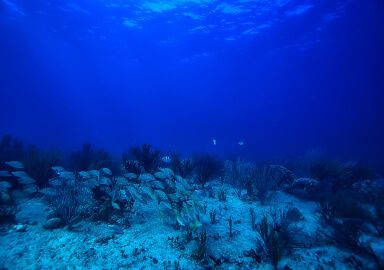Pejerrey (Silverside)
Fast, sleek, and known for their delicate flavor, pejerrey (silverside) are a prized catch for anglers across South America’s lakes and rivers.
View 2 listings
2
listings
–
price starting from
1
countries
–
to the nearest trip
Where and When?
The Argentinean pejerrey is found throughout South America’s temperate freshwater systems, particularly in Argentina's Pampas lakes, such as Chascomús and Lobos, as well as the Río de la Plata estuary and coastal lagoons. They also thrive in Chile’s Andean lakes and Uruguay’s reservoirs.
Fishing for pejerrey is most productive during spring and summer (September to March in the Southern Hemisphere), when they feed more actively near the surface. During the cooler months, they tend to retreat to deeper waters, making them more challenging to catch.
About Pejerrey (Silverside)
Pejerrey (pronounced peh-khe-RAY), or silverside, can be confusing. Two different fish species go by this name. The Chilean or Peruvian pejerrey (Odontesthes regia) is a semi-pelagic saltwater fish found in the Pacific Ocean off the coast of, you guessed it, Peru and Chile. This text is about the Argentinean pejerrey, a small to medium-sized fish native to freshwater and brackish environments in South America east of the Andes.
The pejerrey has a streamlined, silvery body with a greenish back and translucent fins, giving it a sleek and elegant appearance. These fish are highly adaptable, thriving in lakes, rivers, and coastal lagoons, often forming schools near the surface or in midwater. Most pejerrey grow to 20–40 cm (8–16 in) in length, though trophy specimens can exceed 50 cm (20 in) and weigh over 1 kilogram (2.2 lb). The world angling record according to IGFA stands at 2 lb 8 oz (1,13 kg).
Found in Argentina, Uruguay, Chile, and Brazil, this fish holds a special place in recreational fishing, particularly in Argentina, where it’s revered for its sporty fight and excellent eating quality. Pejerrey are opportunistic feeders, consuming plankton, insects, small crustaceans, and algae. Their delicate, flaky white flesh makes them a favorite for the table, often prepared grilled or fried in traditional South American recipes.
How to Catch?
Fishing for pejerrey is a delicate and skillful pursuit, often involving light tackle and precise technique. Prime fishing spots include clear, calm waters where pejerrey schools are visible near the surface. Rivers and coastal lagoons with low salinity are also excellent locations, particularly during their spawning migrations.
The most common method is float fishing with natural baits such as live shrimp, worms, or insect larvae presented just below the surface. Another effective approach is spinning with small artificial lures, such as spoons or jigs. Slow, steady retrieves near schools of pejerrey often yield the best results. Fly fishing enthusiasts also enjoy targeting pejerrey with tiny, lightweight flies, especially in clear waters where the fish are actively feeding.
Pejerrey are known for their sharp, quick bites, so anglers must stay attentive to set the hook promptly. Their speed and agility make them fun fighters on light tackle, darting and twisting in a spirited effort to escape. Pejerrey fishing is not only a sport but also a cultural tradition in South America, offering both a challenge for anglers and a culinary reward. Whether you’re fishing from the shore of a tranquil lagoon or trolling along a windswept river, this elegant silverside promises an enjoyable and rewarding fishing experience.






